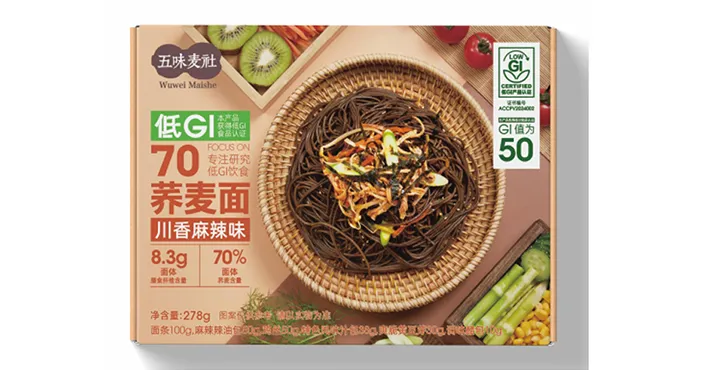Exploring Different Varieties of Soba Noodles and Their Unique Flavors
Exploring the Different Types of Soba A Journey Through Japan’s Buckwheat Noodles
Soba, the beloved Japanese noodle, is not just a meal; it’s a cultural experience and a testament to Japan’s rich culinary history. Made primarily from buckwheat flour, soba can be enjoyed in various forms and preparations. In this article, we will explore the different types of soba, their unique characteristics, and the culinary traditions surrounding this versatile noodle.
1. Zaru Soba
Zaru soba is perhaps the most recognized form of soba, especially among those new to this delightful dish. Served cold on a bamboo mat, zaru soba is traditionally accompanied by a dipping sauce called tsuyu, which is made from a blend of soy sauce, mirin, and dashi, often garnished with sliced green onions and wasabi. The simplicity of zaru soba allows the nutty flavor of the buckwheat to shine through, making it a refreshing meal during the hot summer months. Many enjoy it with tempura on the side for a delightful contrast of textures.
2. Kake Soba
In contrast to zaru soba, kake soba is served hot in a broth. The noodles are typically placed in a bowl filled with tsuyu, which is hot and savory, often supplemented with various toppings like sliced green onions, kamaboko (fish cake), and an egg. Kake soba is especially popular in colder months, providing warmth and comfort. The intense flavors of the broth complement the noodles beautifully, making it a nourishing option for any meal.
3
. Tororo SobaFor those looking for a unique textural experience, tororo soba is a delightful option. This dish features soba noodles topped with grated yam, known as tororo. The slimy texture of tororo adds an interesting contrast to the firm noodles and is often enjoyed with a drizzle of soy sauce or dipping sauce. Tororo soba is not only delicious but also packed with nutrients, making it a healthy choice for those seeking both flavor and wellness in their meals.
types of soba

4. Soba Salad
In recent years, soba has been embraced in various global cuisines, leading to the creation of soba salads. These salads often combine chilled soba noodles with a colorful array of fresh vegetables, proteins like grilled chicken or tofu, and a tangy dressing. The versatility of soba allows it to adapt to various flavors and ingredients, making it a popular choice for light meals and healthy lunches. The earthy flavor of buckwheat pairs well with a variety of dressings, from sesame to vinaigrette, allowing for a delightful fusion of tastes.
5. Yamakake Soba
A lesser-known variant, yamakake soba features grated yam similar to tororo soba but is usually served in a hot broth. This dish highlights the warming, comforting layering of flavors that Japanese cuisine is known for. The combination of the smooth yam and the hot broth elevates the soba experience and is enjoyed particularly in the winter months. The yam not only adds a distinct flavor but also enhances the nutritional value of the dish.
6. Soba with Seasonal Ingredients
In Japan, soba is often served with seasonal ingredients, reflecting the changing tastes throughout the year. In spring, for instance, you might find soba paired with fresh and vibrant items like bamboo shoots and wild vegetables. During autumn, mushrooms and chestnuts may grace the dish. These seasonal adaptations showcase the chef's creativity and respect for nature's bounty, allowing diners to appreciate the essence of each season.
Conclusion
Soba noodles offer a vast array of culinary possibilities, appealing to a wide range of palates and preferences. From the refreshing zaru soba to the hearty kake soba, or the innovative soba salads, these noodles remain a fundamental part of Japanese cuisine. As we explore the various types of soba, we discover not only the delicious flavors but also the cultural significance that these dishes hold. Whether enjoyed at a traditional soba shop in Japan or at home, soba noodles remain a celebration of simplicity and flavor, embodying the spirit of Japanese cooking. So, the next time you find yourself craving a comforting bowl of noodles, consider trying one of the many delightful varieties of soba that shine in their uniqueness and taste.
-
Is Whole Wheat Pasta Healthy?NewsMay.30,2025
-
Are Soba Noodles Good for Weight Loss?NewsMay.30,2025
-
Are Buckwheat Soba Noodles Healthy?NewsMay.30,2025
-
Are Buckwheat Soba Noodles Gluten Free?NewsMay.30,2025
-
Are Buckwheat Noodles Good for You?NewsMay.30,2025
-
A Healthy Way to Savor Soba and Spicy FlavorsNewsMay.30,2025
-
What Are Lanzhou Noodles?NewsMay.30,2025
Browse qua the following product new the we

















































































































